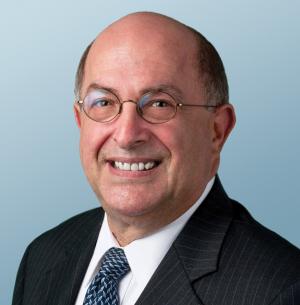No proposal is as radical – or as well thought out – as REV.
James Broder is an energy attorney with the firm Bernstein Shur, in Portland, Maine. He serves as counsel to a number of in-service and development-state merchant transmission projects in PJM, the New York ISO, and ISO New England.
In 1907, the New York Public Service Commission (NYPSC) - the first such state regulatory body in the nation - was formed to regulate the new business of electric utilities. In exchange for the right to hold a monopoly in a service territory, the utility's price would be regulated and the utility would agree to serve all customers in that territory.

For the next century, the regulated utility monopoly remained the dominant business structure. As the system gradually evolved, the typical utility had a large service territory within a state that was comprised of four fully integrated components - generation, transmission, distribution, and customers. It was not until the mid-1970s that this structure began to crumble when central station generation plants first came under non-utility ownership.
Today, more than a hundred years after the NYPSC was created, the remaining exclusive utility component, electrical distribution, is being challenged by the most revolutionary idea of all: an animated customer base that does not just pay the bill, but also contributes to a system that customers previously had simply paid for.

